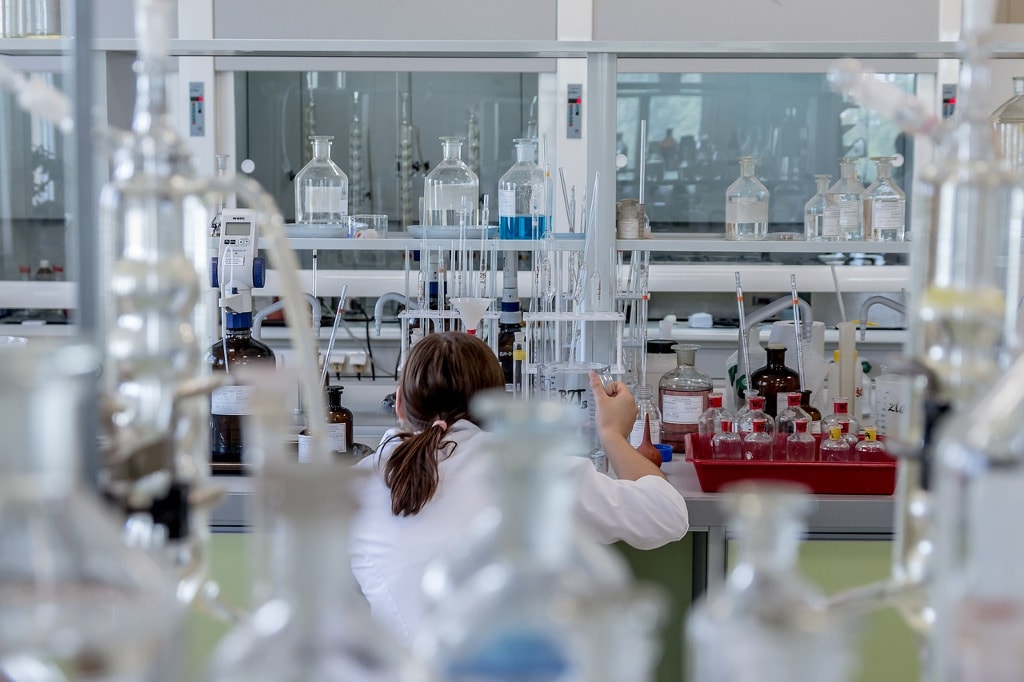ZIMSEC O Level Combined Science Notes: Experiment: The reaction of metals and water
Aim: Investigating and Observing the reactions of metals and water
Materials: calcium, magnesium, zinc, lead, iron, copper, beaker, test tubes, filter funnel, water, splint, burner, universal indicator

Some metals like calcium react with water.
Method
- Place a small piece of metal (about 4 mm long) into each test tube
- Cover each metal with water
- Observe the reactions of the metals with water. You might have to leave the metals that react too slowly until the next lesson
- For metals such as calcium that react quickly with water set up the apparatus shown above so that you can collect the hydrogen gas that is given off during the reaction
- Test the collected gas using a glowing splint
- Add universal indicator the water in the beaker
Results and observations
| Metal Element | Reaction with water |
|---|---|
| Calcium | Reacted with water more readily |
| Magnesium | Took a long time to react with water. Reacted better with steam |
| Zinc | Reacted slowly in water reacted better with steam |
| Iron | Reacted very slowly with water. Reacted with steam |
| Copper | Does not react with water |
Conclusion
- Metals react at different rates with water
- Some metals react more readily with water for example calcium
- Some metals reacts more readily with steam for example zinc and magnesium
- Some metals do not react at all with water for example copper
- When metals do react with water they bond with oxygen
- And displace hydrogen gas
- \text{metal + water}\rightarrow\text{metal oxide+hydrogen}
- The hydrogen can be tested by bringing a burning splint near the mouth of the test tube
- It burns with a popping sound and blue flame
To access more topics go to the Combined Science Notes page.






